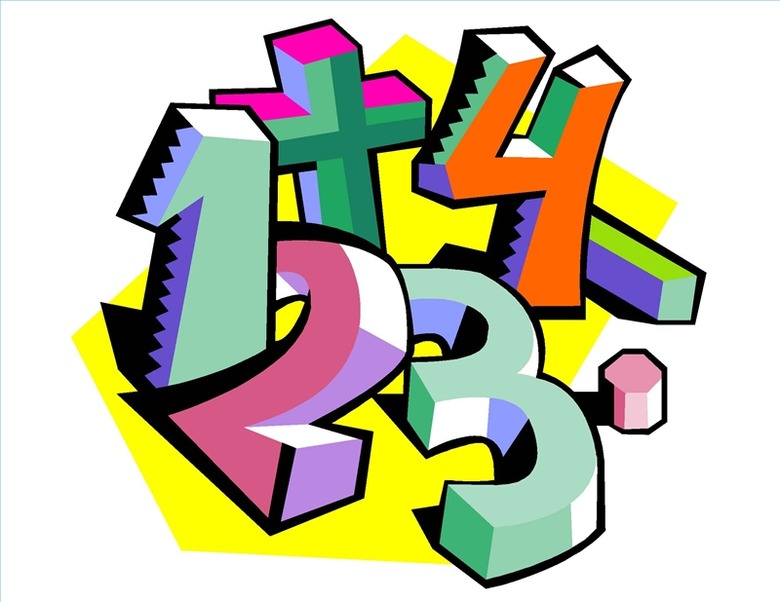How To Round Decimals
One of the basic rules of arithmetic is that of rounding decimals. Once you have an explanation on how to do so, you'll remember how to do it for the rest of your life.
Step 1
Learn how to round down. Take 2.2 for example. Look at the number to the right of the decimal point; this is the number we want to round. When the number you want to want to round is less than 5, you will round down, so the answer would be 2.0 Another example: 10.3 becomes 10.0.
Step 2
Now try rounding up. Take 4.6 for example. Again you want to look at the number to the right of the decimal point. This number would be 5.0, because when the number you want to round is 5 or more, you will round up. This works with any decimal. Another example: 1.473 becomes 1.5
Step 3
Now you can easily round decimals by using this simple method: If it is under 5, round down; if it is 5 or over, round up.
Cite This Article
MLA
Gardlock, William D.. "How To Round Decimals" sciencing.com, https://www.sciencing.com/round-decimals-2362292/. 24 April 2017.
APA
Gardlock, William D.. (2017, April 24). How To Round Decimals. sciencing.com. Retrieved from https://www.sciencing.com/round-decimals-2362292/
Chicago
Gardlock, William D.. How To Round Decimals last modified March 24, 2022. https://www.sciencing.com/round-decimals-2362292/
